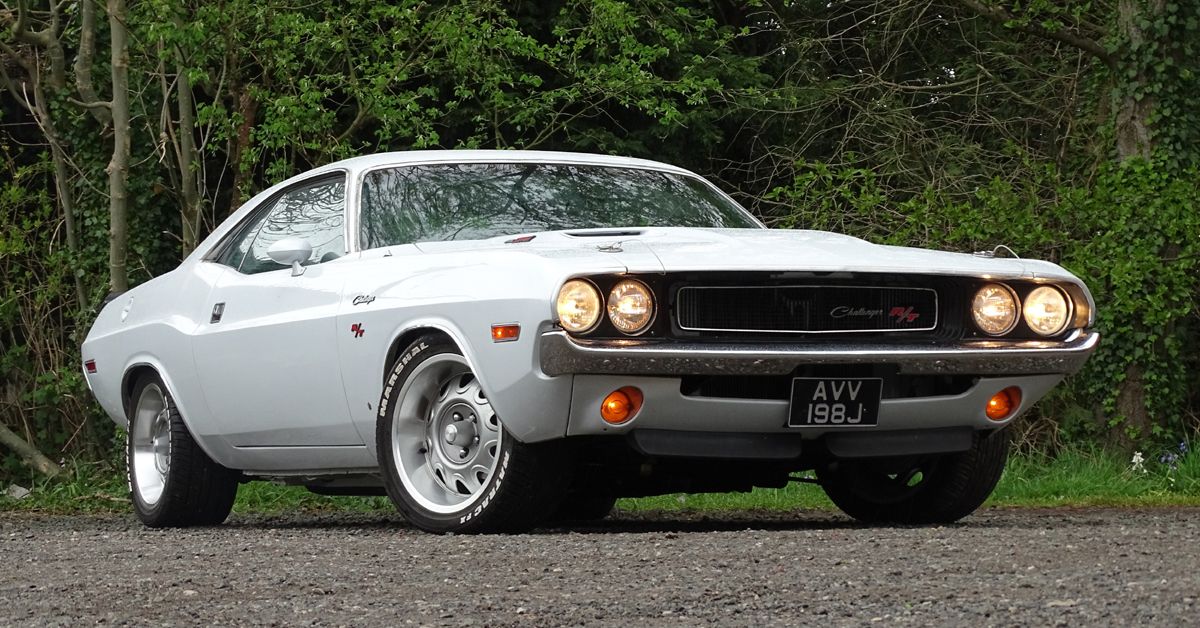Owning and driving a classic car can be a rewarding experience, as with most things in life, there is always a tradeoff.
We will always see the good side, maybe friends, relatives or just people on the internet enjoying their classics. In reality, there are a few very good reasons why more people don’t drive classic cars. In reality, as a car gets older, wear and tear takes its toll, and it will end up costing more to run than the average monthly installment on a new car, making it illogical to use on a daily basis. Some cars are obviously worth the time and effort, but it is important to know what you are getting yourself into.
10
Starting
Most old cars still use carburetors, which in itself is a dark art many choose to avoid. A carburetor is a wonderful thing when it runs right, but needs constant attention and fine-tuning if you want your classic to start on the first click every time.
Then there is the fact that modern ethanol fuel does not play nice with carbs, specifically the jetting, if the fuel sits for just a few months it will gum up those little guys in short order.
9
Warming Up
Old habits die hard, this is a trend that has been passed onto our generation, but no modern car actually needs to be warmed because cooling systems have advanced so much over the years.
Old cooling systems were not very good to begin with, so over the years they would have degraded even further. Warming up a classic car is almost essential or the thing will just stall out on you all the time, especially if you come from a place with a colder climate.
8
Overheating
Once you have successfully warmed the car, watch in dismay as the heat gauge (if it works) steadily climbs, making you literally sweat if you are in stop/go traffic.
It circles back to the less than perfect old cooling systems, but the major issue is obviously wear and tear. If you are willing and able, a full restoration of a cooling system, including a flush and new hoses will go a long way to mitigate this issue, especially if you come from a hotter or subtropical climate.
7
Terrible Brakes
Drum brakes are just awful. There is a very good reason why disc brakes were invented, and they brought the world an altogether simpler way to stop a vehicle.
So if your classic predates the mass adaptation of this particular mechanical marvel, always brake earlier, and more importantly, modulate your brake pressure, so you don’t lock up. Working on drums is also quite literally a painful experience.
6
Rust
You might say: “well obviously.” But take a moment to consider how little rust there actually is on cars that are more than a decade old. Rustproofing has improved a lot in recent times.
Cars from Italy and Japan were infamous for returning to the earth long before they made it to the decade mark, although the most infamous is likely a certain model made by GM.
5
Lead Paint
Yes, lead, they did like using lead, didn’t they? Lead based paint was a fan favorite in the automotive industry right up until the late 70s.
So if it has “original paint” or a decent “patina” there is almost certainly lead in there. Some cars look great with a good patina, but it isn’t worth keeping around if it is quite literally gradually poisoning you.
4
Original Tire Sizes
Not everyone is obsessive enough to insist on original parts across the board, but if you are then you are going to be spending a good deal extra on tires.
Cars used to have significantly smaller wheels and tires, some are also unusually skinny (especially old French cars) so sourcing tires that fit original rims is tricky.
3
Leaky
Ever heard someone say, “if it isn’t leaking, something is wrong.” Well, it might be a bit of a joke today but for some older cars, especially those with air cooled engines, leaks were absolutely normal.
Old gaskets and seals were not as good back then and if they haven’t been replaced they will obviously degrade over time, so a little seepage is actually to be expected. If there isn’t any seepage, then maybe it is running low on oil!
2
Parts Availability
Likely the most frustrating problem with older cars is parts availability. Even if the parts actually still exist at all the waiting time can be pretty long, if you are not as lucky, you might be getting familiar with all your local junkyards and forums.
Unless you own an old imported vehicle, which might entail long, involved web searches and some form of import tax.
1
Safety
Old cars are not safe, built in a time long before ABS was a standard feature and the only crumple zone was your forehead.
Things also break, sometimes those things break at inopportune moments, like for example while you are cruising down the highway, potentially causing an accident or at the very least leaving you stranded.
Read Next
About The Author








More Stories
Old Mustangs for Sale: Navigating the Allure of a Classic Ride
Vintage Mercedes: Unveiling Timeless Elegance and Engineering Mastery
Hemmings Classic Cars: Timeless Beauty on Four Wheels